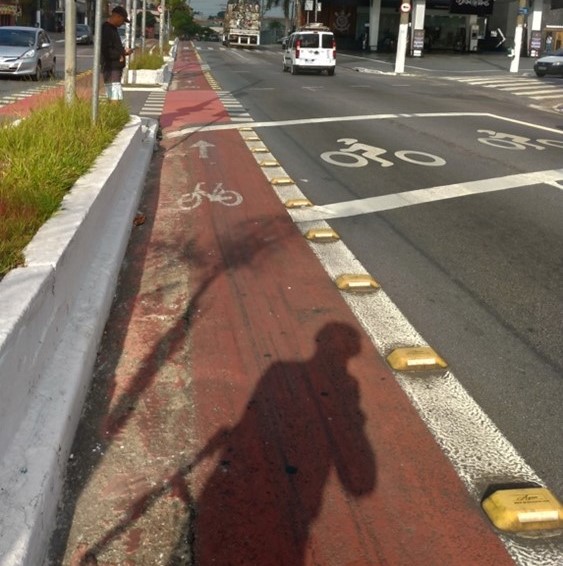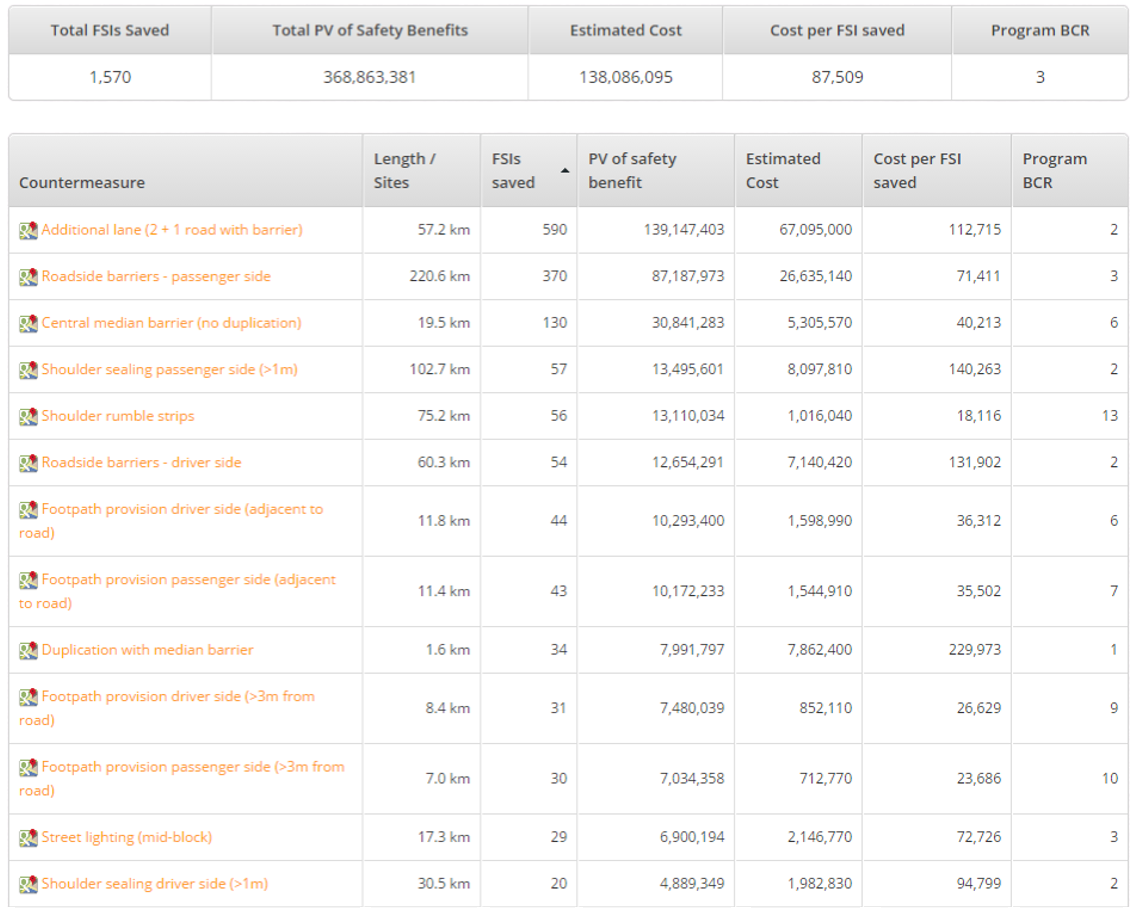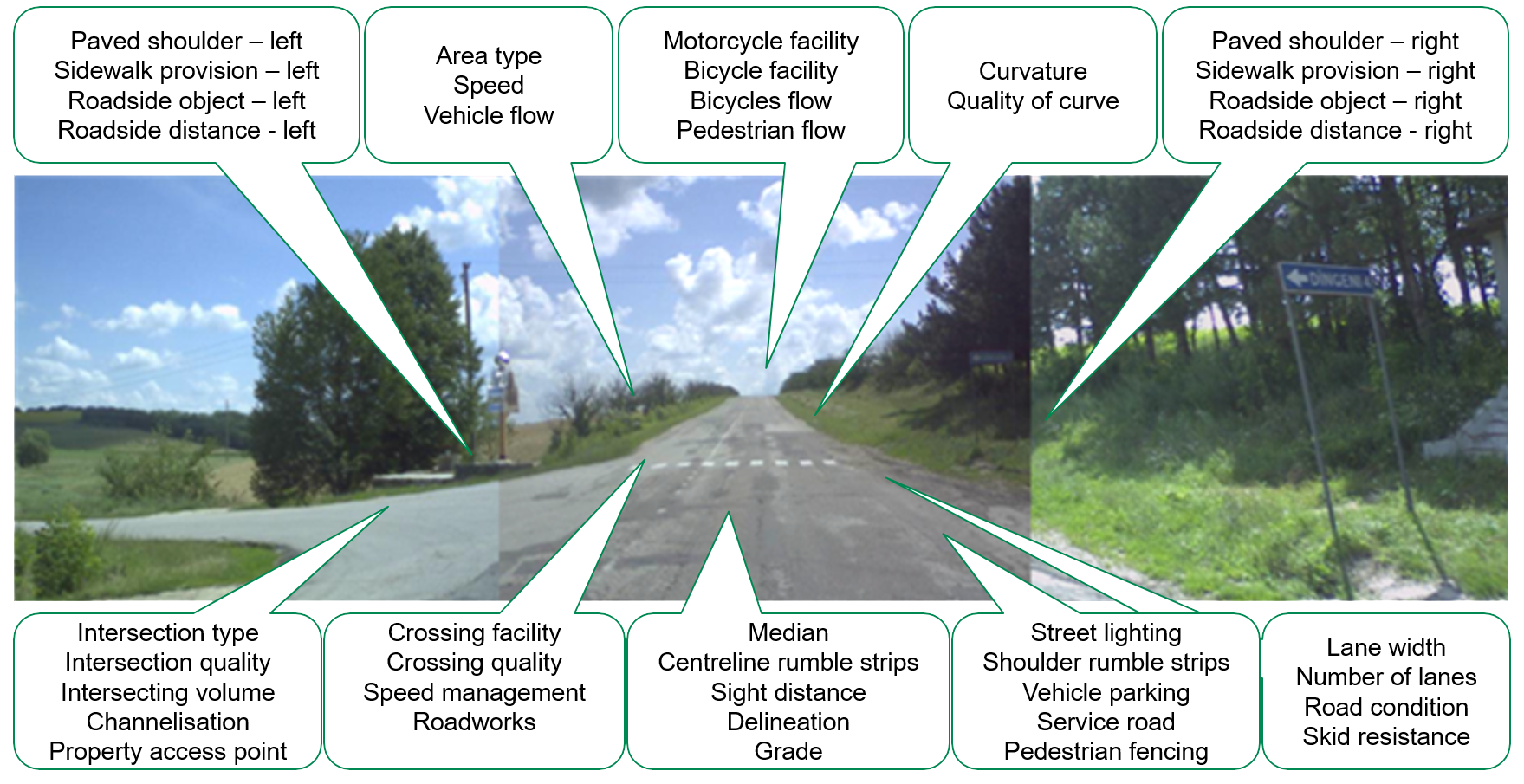The Cyclists Association of São Paulo, Ciclocidade, is working closely with the municipality to promote safe and sustainable mobility and use the bicycle as an instrument of city transformation. The entity has as its principle active participation and acts to include cyclists in public policies and private initiatives.
“Cyclists have a lot of knowledge about the routes they are used to ride, but it is usually fragmented, and a structured view of the city is important to public policies”, said Flavio Soares, Project manager at Ciclocidade. The response was to establish the Auditoria Cidadã, a ‘Citizen Audit’. The Auditoria Cidadã is a collective effort in which cyclists from various regions come together to collect data, in a short time, for the entire bicycle network in the city of São Paulo. They record issues to report to the municipality and suggest changes. The essence of the project is “based on the collective intelligence that is only possible to obtain in crowdsourcing”. The crowd-sourcing approach provided data for a much wider area where cyclists are riding, including in peripheral neighbourhoods, which had typically been neglected.
The 2022 audit focused on observing, recording, and explicitly assessing the preservation of the existing cycling network, based on the Traffic Engineering Company (CET), on an open official map of the city’s published and maintained data platform. These images were then assessed using the new CycleRAP tool to provide objective safety scores which can be used to recommend and prioritise safety improvements and maintenance.
For the Auditoria Cidadã project, cyclists were recruited and trained. “Many cyclists in the 2022 audit were working in delivery services, so they have a lot of capacity to build on the road collecting images”. To record the routes, the participant cyclists use applications that record tracks (OSMTracker on devices with Android operating system or Gaia GPS on devices with iOS). These applications have the resource of georeferencing the photos taken along the way. The Ciclocidade team worked on cleaning, handling and presenting the data to the municipality.
For Mr Soares, a fundamental learning of this process was to understand how to mix the public’s desire cycling infrastructure improvements with the municipalities need for data-driven policies. CycleRAP assessments done in São Paulo as part of a five-city global pilot, used the extensive image database collected by Ciclocidade to evaluate the infrastructure. Mr Soares explains that, “CycleRAP will provide to the city even more [data] inputs. And it was only possible because the data was there, it’s on a city scale, systematised, right, and easy to access.”
From over 8,000 images on the CET platform, 1,115 were assessed with CycleRAP. The selected images were based on their geographic distribution of images across the full network, and how well the image captured the features needed for CycleRAP.
The partnership and data sharing with Ciclocidade demonstrates how existing photos or video data can be used for CycleRAP assessments. In the case of São Paulo, using the Auditoria Cidadã images increases the relevance of the CycleRAP results for both the cycling community—because they collected the images—and the municipality which uses the Auditoria Cidadã to inform maintenance programs.
For more information about the International CycleRAP Pilot Project click here or contact the Project Lead at monica.olyslagers@irap.org.
More information on Auditoria Cidadã, including the Auditoria Cidadã Report and the devices used in the data collection, is available (in Portuguese) at: https://www.ciclocidade.org.br/noticias/auditoria-cidada-2022/
Image: Interface of data collection devices (source: Ciclocidade)

Image: Picture of the on-road bike lane provided by one of the cyclists participating in the Auditoria Cidadã (source: Ciclocidade)



















